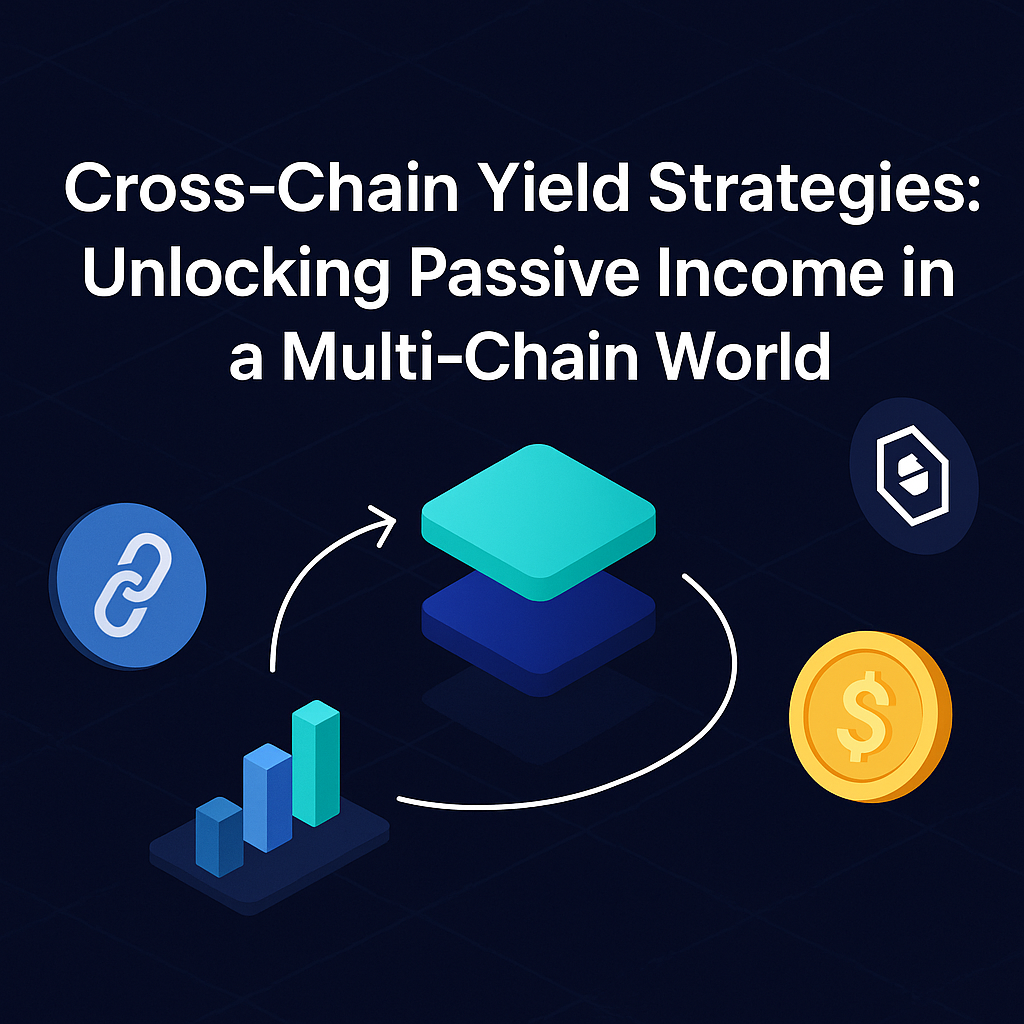Cross-Chain Yield Strategies: Unlocking Passive Income in a Multi-Chain World

Introduction
Decentralized Finance (DeFi) has created new opportunities for passive income through yield farming, staking, and lending. However, most strategies are locked within individual blockchains. This limitation makes it hard for users to fully optimize returns and for protocols to scale across networks.
Enter cross-chain yield strategies, an emerging category that leverages interoperable liquidity and composable infrastructure to access opportunities across multiple chains. At the heart of this evolution is Mitosis, a protocol enabling seamless yield generation across ecosystems.
The Yield Opportunity and Its Limitations
In traditional DeFi:
- Users deposit assets into a liquidity pool, vault, or staking platform.
- Rewards accrue over time based on APR/APY.
But here’s the catch:
- Yield opportunities vary greatly between chains.
- Moving assets between chains involves bridging risks, high fees, and user friction.
- Timing becomes critical, liquidity can dry up on one chain while booming on another.
This limits yield optimization and slows DeFi adoption.
Cross-Chain Yield: What It Means
Cross-chain yield strategies aim to solve this by enabling liquidity to be deployed on one chain and utilized across others for the best opportunities.
Key advantages:
- Diversification: Spread assets across multiple protocols on different chains.
- Efficiency: Avoid bridging delays or idle capital.
- Maximized Returns: Move to the most profitable pools in real time.
This unlocks true portfolio optimization but requires infrastructure that can manage messaging, execution, and capital routing between chains.
How Mitosis Enables Cross-Chain Yield
Mitosis is designed as the infrastructure layer to power these strategies. Here’s how it works:
1. Unified Liquidity Layer
Deposit once, earn anywhere. Mitosis allows users to lock liquidity on one chain and use it across multiple others.
2. Cross-Chain Messaging
Smart contracts communicate across chains securely and atomically. This enables automated yield routing and rebalancing.
3. DEX Aggregation & Execution Engine
Optimized yield strategies depend on fast, cost-efficient execution. Mitosis sources liquidity and executes across DEXs and chains.
4. Developer SDK for Strategy Builders
For advanced users and DeFi protocols, Mitosis provides toolkits to build and automate multi-chain strategies.
Real-World Example: Multi-Chain Yield Farming
Let’s say a user wants to earn yield using USDC:
- Deposit USDC on Arbitrum via Mitosis.
- Strategy Engine detects high APY on a lending pool in Base and a farming pool in zkSync.
- Messaging Layer routes funds accordingly.
- Rewards accrue, then auto-compounded back into the pool offering the highest return.
The user never manually bridges or swaps, Mitosis handles it all.
Benefits for Users, Developers, and Protocols
Users:
- Access top yields without juggling wallets or bridges.
- Enjoy passive income with lower gas and better UX.
Developers:
- Build advanced yield products with one SDK.
- Tap into pooled liquidity across ecosystems.
Protocols:
- Attract liquidity from any chain.
- Offer better returns and functionality through composability.
The Future of Passive Income is Cross-Chain
As DeFi matures, strategies will move beyond siloed ecosystems. Platforms like Mitosis are critical to this evolution, empowering users to farm, stake, and lend with optimal efficiency and minimal friction.
Cross-chain yield isn’t just an upgrade, it’s a necessary step toward DeFi's global adoption.

Comments ()